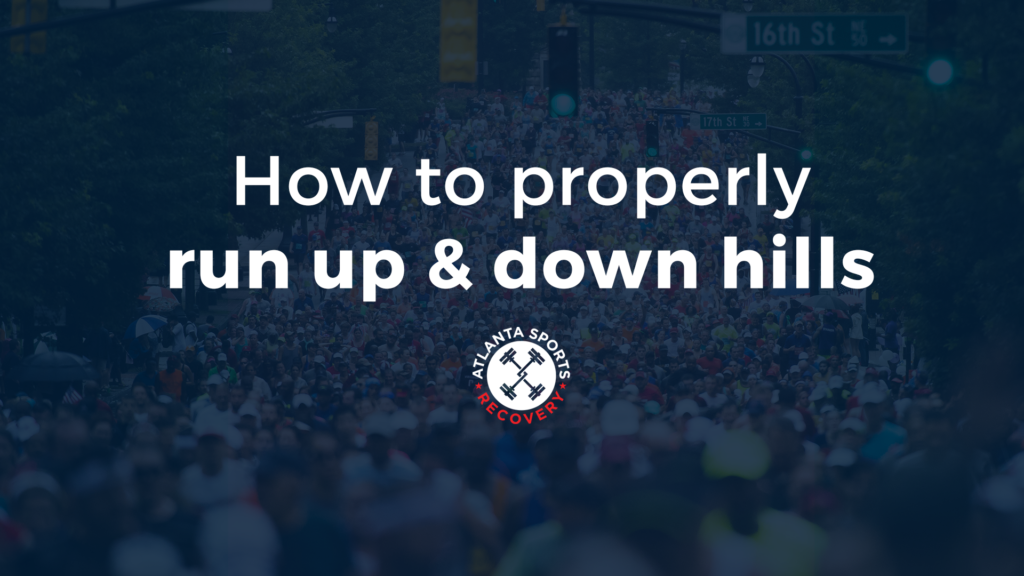Last week I saw a post from a highly respected, well known doctor in the CrossFit space criticizing the value of foam rolling and self-myofascial release work. He claimed that there is no scientific evidence to validate the importance of soft tissue self-care. So this week, I am posting a retort based on the literature. I am attempting to eliminate as much in-depth technical talk as possible, but some of it has to be here. Sorry!
The 3 Changes Science Says Foam Rolling/Lacrosse Ball Work Can Actually Have On Your Body
#1. Changes the way the brain perceives pain signals from the feedback nerves. Current research shows that direct compression by an object may produce a local mechanical and global neurophysiological (meaning the brain makes some shit happen chemically) response through stimulation of the part of the nerves that send signals back to the brain (Reference 1). External compression may override the dysfunctional yet protective mechanisms involved in the cumulative injury cycle (I.e., a bunch of microtraumas adds up to one big traumatic event.)
#2. Changes the state of connective tissue and increases fluid movement. The direct roller pressure changes the fluidity and stretches properties of connective tissue by mechanisms such as causing thixotropy (reduced viscosity), reducing myofascial restriction, promoting fluid changes (fascial hydration), and stimulating cellular responses (Reference 2). Researchers have also found that myofascial rolling reduces local arterial stiffness (Reference 3), increases arterial tissue perfusion (Reference 4), and improves vascular endothelial function (Reference 2), which are all related to local physiological changes.
#3. Direct pressure can relax tight tissues. Direct roller pressure may influence tissue relaxation and pain in the local and surrounding tissues concerning the neurophysiological effects. For tissue relaxation, the roller pressure may induce a greater myofascial relaxation, or “stretch tolerance,” through CNS afferent input from the Golgi tendon reflex, gamma loop modulation, and mechanoreceptors (Reference 5).
What this means for you:
- Foam rolling and LAX ball work cannot replace a warm-up
- Foam rolling and LAX ball BEFORE a workout is great for getting stiff tissues moving better and decreasing any pain sensitivity you may have from soreness.
- Foam rolling and LAX ball work is a fantastic way to create temporary changes in your connective tissue that allow you to move better or feel better.
- The minimum dose is 2:00 on a body area
- Foam rolling and LAX ball work is fantastic in a separate session from your workout to help sore, stiff tissues get temporary pain relief and move better.
- Foam rolling and LAX ball work does not fix problems or create permanent changes to your body.
- If you are in pain, this is the best system for addressing it with self care:
- a. to treat the painful area with self-myofascial release
- b. stretch the area you just rolled
- c. use that opportunity to spend some time working on the underlying root cause of your problem with some focused work
Reference 1 – Aboodarda et al., 2015; Behm & Wilke, 2019; Grabow et al., 2018; Young et al., 2018
Reference 2 – Behm & Wilke, 2019; Jay et al., 2014; Kelly & Beardsley, 2016
Reference 3 – Okamoto et al., 2014
Reference 4 – Hotfiel et al., 2017
Reference 5 – Aboodarda et al., 2015; Behm & Wilke, 2019; Cavanaugh et al., 2017; Cheatham & Kolber, 2017; Jay et al., 2014; Kelly & Beardsley, 2016; Monteiro et al., 2017; Nagi et al., 2011



